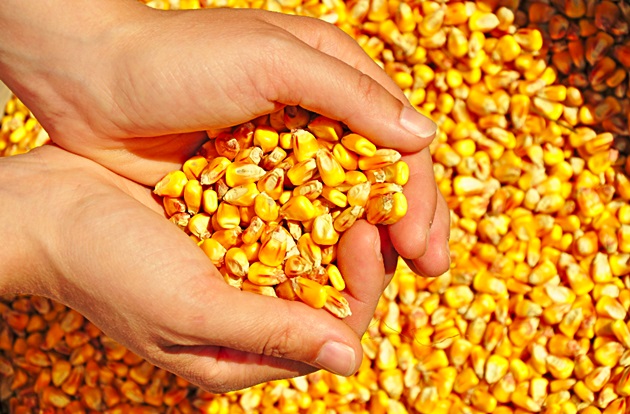
The initial FAO production forecast indicates a marginal decrease (0.3 percent) in the global production of secondary cereals from the record level in 2023 to 1,525 million tonnes in 2024.
The decline stems from an anticipated 1.3 percent decrease in global maize production, driven by lower expected yields in Brazil and the United States.
Conversely, global barley production is expected to increase by 3.6 percent, primarily concentrated in the European Union, as well as global sorghum production, up by 4.1 percent, with most of the increase expected in Argentina and the United States.
In 2024/2025, global trade in secondary cereals is estimated to contract by 2.4% to 230 million tonnes, reflecting expected declines in trade for maize and barley. Lower imports from China projected for both maize and barley are a major factor behind these declines.
Regarding exports, expectations of lower sales from two of the four major exporters, Brazil and Ukraine (due to smaller exportable maize surpluses), as well as from Paraguay and South Africa, are expected to reduce the volume of global trade.
Regarding barley exports, reductions in sales from Australia, Kazakhstan, and Ukraine are expected to contribute to the decline in global barley trade. Total global use of secondary cereals is estimated to reach a new record of 1,526 million tonnes, representing a 1.0% increase from 2023/24.
Year-on-year growth will be primarily driven by the estimated increase in feed use of maize and sorghum, particularly in China, Brazil, the Russian Federation, and the United States. Global secondary cereal stocks, by the end of the season in 2025, are likely to increase by 3.4% to 385 million tonnes, with expected increases in the stocks of all major secondary cereals.
Representing the bulk of the increase, global maize stocks will rise by 3.5 percent, mainly based on expectations of accumulation in the European Union and China, along with smaller increases in Brazil and the United States.
If realized, the projected increase would lead to a higher ratio of global stocks to use and a higher ratio of closing stocks of major exporters to their total disappearance, again indicating a comfortable global supply situation in 2024/25.
Ample supply prospects are expected to maintain a bearish tone in the heavy cereal markets in 2024/25. Global secondary cereal prices have already started the season at levels well below average. (Photo: Dreamstime)





